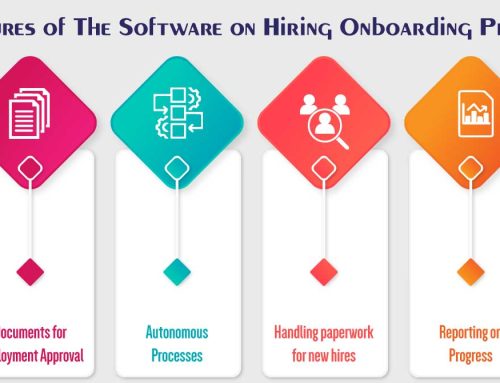10 Easy Steps: You Can Create an Human Resource Department
- Make a staffing strategy for the entire firm.
- Make a human resources budget.
- Create a payroll and management system.
- Job descriptions should be written
- Make a clear human resource management plan for benefits.
- Make a manual for your employees.
- Establish safety protocols.
- Gather HR administrative documents
- Post job postings that are required.
- Create processes for performance and feedback.
Establishing an HR department is a critical step for businesses as they grow and evolve. Here’s a simple guide to help you create your HR department:
Step 1: Understand Your Needs
First, determine what you need from an HR department. Correspondingly, this will largely depend on the size of your company and the industry you’re in. Some common HR functions include recruitment, payroll, benefits administration, employee relations, compliance with labor laws, and also training and development.
Step 2: Set Your Budget
Determine how much you’re able to spend on establishing an HR department. This will include salaries for HR staff, software and equipment costs, and resources for training and development programs.
Step 3: Hire or Appoint HR Staff
Depending on the size of your business, you might start with one HR generalist or hire a team with specialized roles (e.g., recruiter, HR manager, payroll specialist). Look for candidates with HR experience in your industry.
Step 4: Develop Policies and Procedures
Your HR team will need to create a set of policies and procedures to guide HR practices. This should cover areas like recruitment, onboarding, compensation, benefits, employee behavior, compliance, and also termination procedures.
Step 5: Implement an HRIS
A Human Resource Information System (HRIS) can help manage and streamline HR tasks such as payroll, benefits administration, and employee records. Choose a system that fits your needs and budget.
Step 6: Establish a Training and Development Program
Investing in your employees’ growth can improve performance and boost morale. This could include on-the-job training, workshops, online courses, or tuition reimbursement programs.
Step 7: Create a Recruitment Strategy
Develop a strategy for attracting and hiring top talent. Additionally, this might involve job postings, attending career fairs, working with recruitment agencies, or leveraging social media and your company website.
Step 8: Ensure Legal Compliance
Ensure your company is compliant with all relevant labor laws and also regulations. Although, this might involve consulting with a lawyer or hiring a compliance officer.
Step 9: Develop Performance Evaluation Processes
Regular performance evaluations can help manage productivity and identify opportunities for improvement or advancement. Decide on the frequency and method of these evaluations.
Step 10: Communicate
Once your HR department is in place, communicate its role and functions to all employees. Encourage them to reach out with any questions or concerns.





